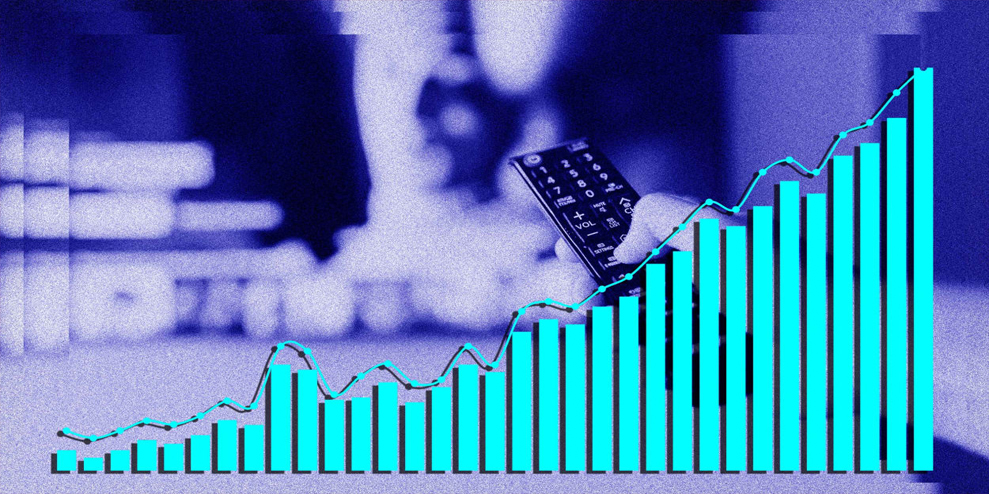From price hikes to catalog cutbacks to branding swaps, the companies responsible for TV in the internet era are still figuring out the whole idea.
Welcome back to Plugged In, Fast Company’s dispatch from the world of tech. I’m global technology editor Harry McCracken, the fellow responsible for bringing it to you each week. If a friend or colleague forwarded this edition to you—or you’re reading it on FastCompany.com—you can check out previous issues and sign up to get it yourself every Wednesday morning. As always, your emails make my day: Send them to me at hmccracken@fastcompany.com.
“It’s generally hard to make prices go up on the internet. Most of the time, the opposite is true.”
In 2017, Robert Kyncl—at the time YouTube’s content and business operations chief—made that observation to me. The company’s then-new YouTube TV service cost only $35 a month (though its channel lineup had some glaring omissions compared to cable) and Kyncl was explaining to me why YouTube would feel pressure to hold the line on price.
You know where this is leading: It turned out that YouTube did make YouTube TV’s price go up. Again and again, actually—most recently to $73 a month, albeit for many more channels than were part of the launch bundle. Across the streaming business, frequent price hikes have been the norm, such as the ones Disney announced last week, just months after its last round of increases. (The new matrix of higher prices is complicated enough that I can’t tell how much I’ll wind up paying for my bundle of Hulu + Live TV, Disney+ with ads, and ESPN+.)
This doesn’t feel like the old days of cable TV providers strategically milking their customers—a phenomenon that led to me paying Comcast nearly $200 a month for TV and internet access until I dumped the TV portion of the service in 2018. Instead, the companies that were giddy about streaming a few years ago are still figuring out how to turn a profit. By spending way more on programming than it’s been able to reap through subscription fees, Disney alone has lost $11 billion on that effort since 2019.
The upward price adjustments are only one reflection of that chaotic process. Netflix and other streamers weren’t bothered enough by password sharing to prevent it—until they were. Good shows are getting canceled in droves, for reasons that seem to have as much to do with tax incentives and a desire to avoid paying bonuses as whether they’ve found an audience. Services are also tightening budgets by trimming back catalogs: If signature stuff like Max’s Looney Tunes isn’t sacrosanct, nothing is.
Then there’s the retreat from the early-pandemic move to get new movies onto streaming services as swiftly as possible. (Betcha Warner Bros. Discovery CEO David Zaslav is relieved that he didn’t have to make Greta Gerwig’s billion-dollar phenom Barbie immediately available for in-home viewing.) Even the category’s wholesale branding switches—CBS All Access becoming Paramount+ and HBO Max turning into Max—are symptomatic of companies that continue to struggle at the basic task of conveying what they’re selling and why you’d want it.
It’s tough to understand where all this could lead, and some of the people running these services have not tried to conceal their own befuddlement. Witness Disney CEO Robert Iger’s public musings about the possibility of selling off some of the company’s linear TV properties—and refusal to reject the idea of selling the entire outfit to a tech company such as Apple.
I don’t mean to suggest this industry-wide inability to land on a value proposition that makes sense is all bad news. Along with raising prices last year, Netflix and Disney+ introduced cheaper, ad-supported versions, a welcome nod to the budget-conscious that I hope is a permanent part of their mix. Speaking of ads, if you can tolerate them and enjoy watching reruns, the emergence of free services such as Pluto and Tubi is great news. In a pinch, I could even get by watching only streaming TV services—including Amazon Prime Video, Apple TV, and Paramount+—that are bundled with things I’m already paying for.
It also remains a liberating relief that streaming services don’t bind you to long-term commitments. I’ve often added services for just a month or two to binge on a particular show, and paid $7 a month for Frndly TV until I felt like I’d burned through everything it had that I wanted to watch, whereupon I got rid of it. Meanwhile, Comcast—which I’m still paying for internet service that I find pretty good overall—has not given up on its beloved yearly contracts.
Bottom line: I’d never go back to the days when cable, satellite, and over-the-air TV were our only options. But I hope the streaming companies don’t ruin what they’ve created in the process of rationalizing it. It would be a shame if a medium that started with such promise slip-slided back into something barely distinguishable from cable—including the grim feeling that prices will head in only one direction.
—
This article first appeared on www.fastcompany.com
Seeking to build and grow your brand using the force of consumer insight, strategic foresight, creative disruption and technology prowess? Talk to us at +971 50 6254340 or engage@groupisd.com or visit www.groupisd.com/story


